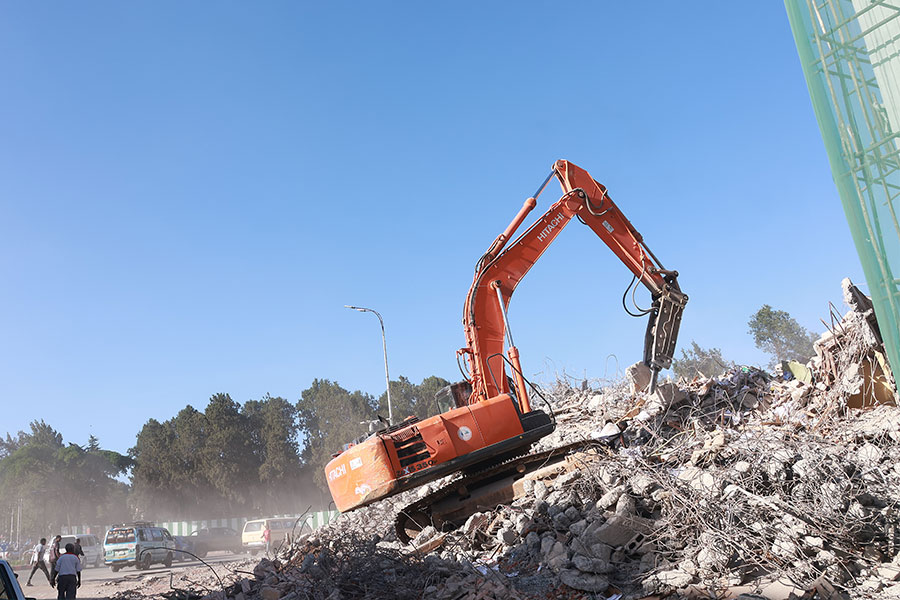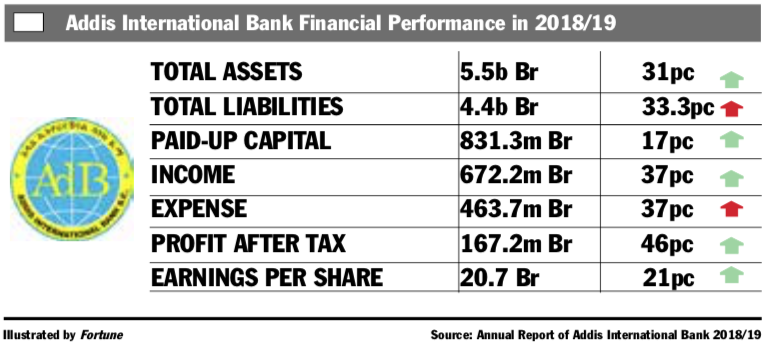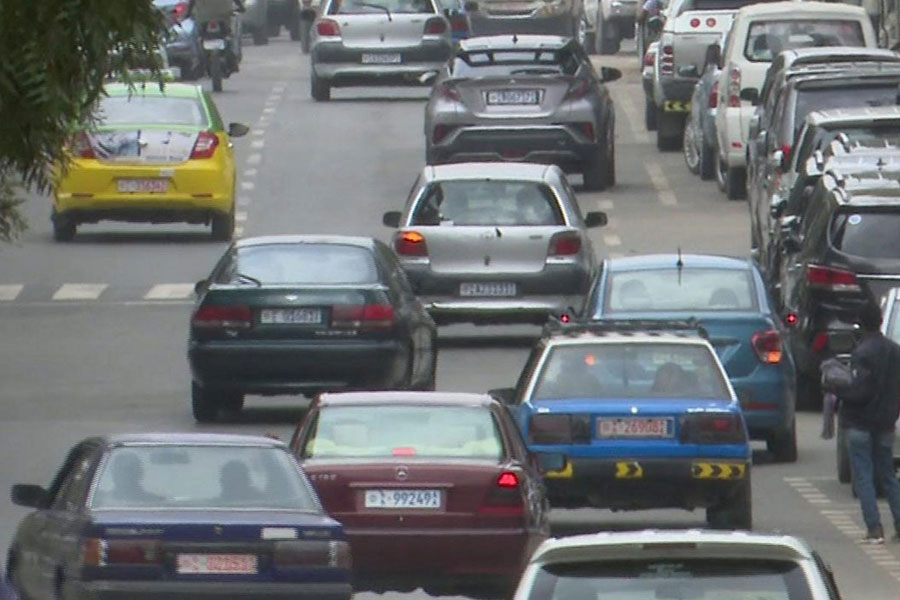
The old guard, now in their sixties and seventies, lumber into the lobby of the Embasoira Hotel in Asmera to meet and chat. Some are educated in selective universities like the University of Michigan and UC Berkeley. They are men and women who have devoted their skills and time to the liberation struggle of Eritrea. They wrote their doctoral dissertations and graduate theses with the independence of Eritrea in mind.
“My doctoral dissertation was on the ‘if and when liberation comes to Eritrea’,” says one of them, whom everyone addresses as ‘doctor,’ to a group sitting and sipping macchiatos in the vestibule of the modern hotel.
While the conversation blossoms, a niece of the President of Eritrea, Issayas Afeworki, emerges from the restaurant talking to a friend and moves past the group after a brief exchange of greetings.
“They are walking home. You see, she is safe to walk at this time of the evening, and no one will accost her,” says the doctor to reassure a newcomer to the group.
It is not too hard to imagine the streets of Asmera as a safe place by day or night. Except for a few traffic police that stand in the squares, there are no police who patrol the streets. Gone are the club-wielding regulation enforcers that roam the streets; the machine gun-toting constabularies that patrol the squares and walkways; and the federal police who stand guard behind high-powered guns mounted on the roofs of Toyota trucks throughout Addis Abeba.
A visit to Asmera inevitably evokes a comparison between this petite highland city and the sprawling metropolis of Addis Abeba. This is true especially among those who came of age in the late sixties and early seventies, where a debate raged with claims and counterclaims as to which city was more modern. The two sister capitals molded by European, particularly Italian, influence, share a common history and development.
Founded within a few years of each other at the turn of the last century, Asmera becomes the elder when colonial Italy built a modern city enclave on an endogenous mountain plateau. Addis Abeba, well over a thousand miles to the south, will soon rise after Emperor Menelik II settles his capital on one of the terraced plains in central Ethiopia.
During the go-go days of the sixties, the urbanites of Addis Abeba considered their city more modern, fashionable, chic, sophisticated and cosmopolitan than Asmera - a view fiercely challenged by the townies to the north. Some five decades later, after Piassa, Kazanchis and Casa Popolare fell to the wrecking balls of municipal authorities, the comparison to these Italian-built quarters with well-preserved neighbourhoods like Combishtato, Caravanseraglio, and Beza Bandain in Asmara peters out.
While Addis Abeba has trashed its historical buildings and infrastructure, Asmera has preserved them. Asmera, which once adopted the administrative municipal laws of the city of Milan, still operates and functions like any modern city, while Addis Abeba wallows in near chaos.
Outside the city of Asmera, the dwellings are mostly modest stone and concrete shacks common in the undeveloped world.
Within the city proper, "the full effect of the colonial, modernist, futuristic architecture of 20th century Europe is unleashed,” as John Hamilton observes in his article, "The City Above the Clouds."
Asmera is a city infused with beautiful European modernist classical architecture and scale, elegant shop fronts and villas, clean tree-lined boulevards, factory complexes and sumptuous public structures. Addis Abeba, on the other hand, has evolved into a frenzied pastiche of a concrete city where high-rises peak out randomly from a sea of shantytowns. Urbanism that eluded Addis Abeba thrives in Asmera.
After the rapprochement between Ethiopia and Eritrea and the borders were opened, Ethiopian entrepreneurs began showing up on the streets of Asmera and setting up impromptu shops on the corners of thoroughfares, unaware that the city is governed by strict municipal regulations.
“They will just come, park their vehicles anywhere, spread their wares on the street and try to hawk, oblivious to all the rules,” says a Western-educated urbanite with great amusement. “The peddlers would fight and argue with the traffic police when told they are breaking the law.”
Eventually, the authorities cleared an area in the outskirts of Asmera and moved them away. Hundreds of plastic-covered stalls, now manned mostly by Ethiopian peddlers from Meqelle, sprawl across a dusty field. Trucks and vans loaded with coffee, teff, berbere, bottled beer and all manner of trinkets from China are unloaded and sold; while a dozen or two minibusses, all baring license plates issued by the Tigray Regional State, are lined up off to the sides waiting to ferry travelers to and from the border areas.
Asmera, the crown jewel of Africa, is a pastel-hued city that gives the appearance of a painted cityscape by Edgar Degas. The city wears its bejeweled crown proudly for conserving its unique architectural heritage. Still, Addis Abeba remains the seductive mistress of the continent, despite the egregious neglect and mismanagement of its heritage by successive city administrations.
The group sitting at the Embasoira lobby chats late into the evening, pondering a future that will most likely involve Ethiopia. Eritreans are acutely tuned to what is going on in Addis Abeba.
Still rankled by the liberation struggle against the regimes of Haile Selassie and the Dergue, embittered by a devastating war with Ethiopia, and soured by punishing sanctions, Eritreans now look southward with keen anticipation of what the future holds for the two nations.
The place to start is in holding conversations. The lobby of the Embasoira in Asmera or the terraced verandas of Tayetu Hotel in Addis Abeba are apt places for these tête-à-têtes.
PUBLISHED ON
Dec 10,2018 [ VOL
19 , NO
972]


View From Arada | Mar 23,2024

Featured | May 24,2025

Fortune News | Dec 28,2019

View From Arada | Aug 19,2023

Fortune News | Oct 02,2021

Dec 22 , 2024 . By TIZITA SHEWAFERAW
Charged with transforming colossal state-owned enterprises into modern and competitiv...

Aug 18 , 2024 . By AKSAH ITALO
Although predictable Yonas Zerihun's job in the ride-hailing service is not immune to...

Jul 28 , 2024 . By TIZITA SHEWAFERAW
Unhabitual, perhaps too many, Samuel Gebreyohannes, 38, used to occasionally enjoy a couple of beers at breakfast. However, he recently swit...

Jul 13 , 2024 . By AKSAH ITALO
Investors who rely on tractors, trucks, and field vehicles for commuting, transporting commodities, and f...

Jul 5 , 2025
Six years ago, Ethiopia was the darling of international liberal commentators. A year...

Jun 28 , 2025
Meseret Damtie, the assertive auditor general, has never been shy about naming names...

Jun 21 , 2025
A well-worn adage says, “Budget is not destiny, but it is direction.” Examining t...

Jun 14 , 2025
Yet again, the Horn of Africa is bracing for trouble. A region already frayed by wars...